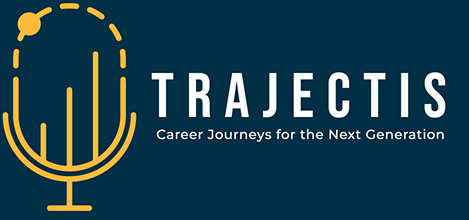The Classes That Changed My Mind About College (And My Major)
Is College Worth It? A Deeper Look Into Key Classes
Hello! Today, I want to continue my discussion on the worth of college by diving deeper into specific classes that have been important for my major.
Starting with Challenging Classes
Never feel obligated to take difficult courses right away, but I recommend challenging yourself with a few to see how you handle them and whether you enjoy them.
For me, the most challenging classes I’ve taken this year are:
- ACC 210 (Financial Accounting)
- ACC 220 (Managerial Accounting)
- ST 350 (Statistics for Business)
Taking these classes has helped me discover what I enjoy and identify areas where I struggle.
How These Classes Have Influenced My Major
So far, I have enjoyed ACC 210 and ACC 220. These two accounting courses have broadened my perspective on my future academic path. While I am currently pursuing a finance degree, these classes have sparked my interest in possibly double majoring or minoring in accounting with possibilities of getting a CPA license.
Why Accounting?
- I understand the content easily, which makes learning enjoyable.
- I spend more time studying these subjects, not because I have to, but because I genuinely enjoy them more than my other classes.
Final Thoughts
Exploring different courses in college can open doors to new opportunities. If you’re unsure about your major, try out a variety of classes—you might find a passion you didn’t expect!
A Closer Look at ACC 220: Key Topics Covered
In this post, I want to dive deeper into some of the key topics covered in ACC 220. While I haven’t finished the semester yet, I’ll share a brief but descriptive overview of the chapters I’ve learned so far.
Chapter 1: Managerial Accounting and Cost Concepts
This chapter introduces managerial accounting and its role in business decision-making. It covers fundamental cost concepts that set the foundation for future topics.
Chapter 2: Job Order Costing – Calculating Unit Product Costs
Here, we learn how to determine product costs by calculating:
- Overhead costs
- Direct labor costs
- Material costs
Chapter 3: Job Order Costing – Cost Flows and External Reporting
This chapter explains how incurred costs move through financial statements:
- Costs first pass through inventory accounts on the balance sheet.
- Once products are completed and sold, these costs transfer to the income statement.
Chapter 4: Activity-Based Costing (ABC)
ABC is a more precise costing method that assigns overhead costs based on activities rather than just labor hours, providing a better understanding of cost drivers.
Chapter 5: Process Costing
Similar to job order costing, but designed for industries that continuously produce identical products, such as manufacturing or food production.
Chapter 6: Cost-Volume-Profit (CVP) Analysis
This chapter introduces formulas that help managers determine:
- The optimal selling price of a product.
- The number of units needed to break even or achieve a target profit.
Start Your Journey
Explore Practical Advice for Your Career Path
Subscribe to our newsletter and join a community of future leaders who are actively shaping their career trajectories. Because your career path shouldn’t be left to chance – let’s navigate it together.
Related Posts

Author: Seth
Date: Feb 12, 2025
As tuition fees continue to rise, many students and parents are questioning the value of a college education.
Category: Seth Blogs

Author: Seth
Date: Feb 12, 2025
Navigating the financial aid landscape can be overwhelming. This guide breaks down the types of aid available.
Category: Seth Blogs






